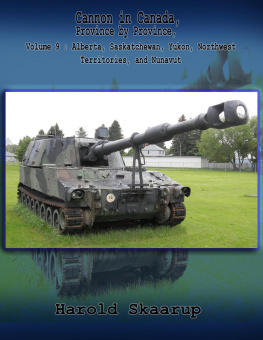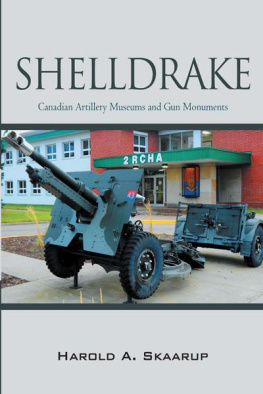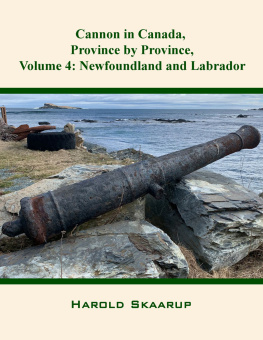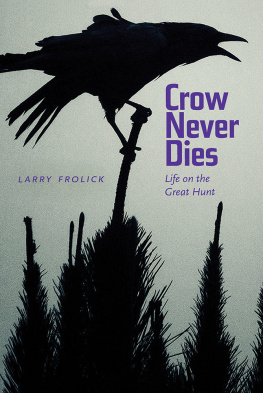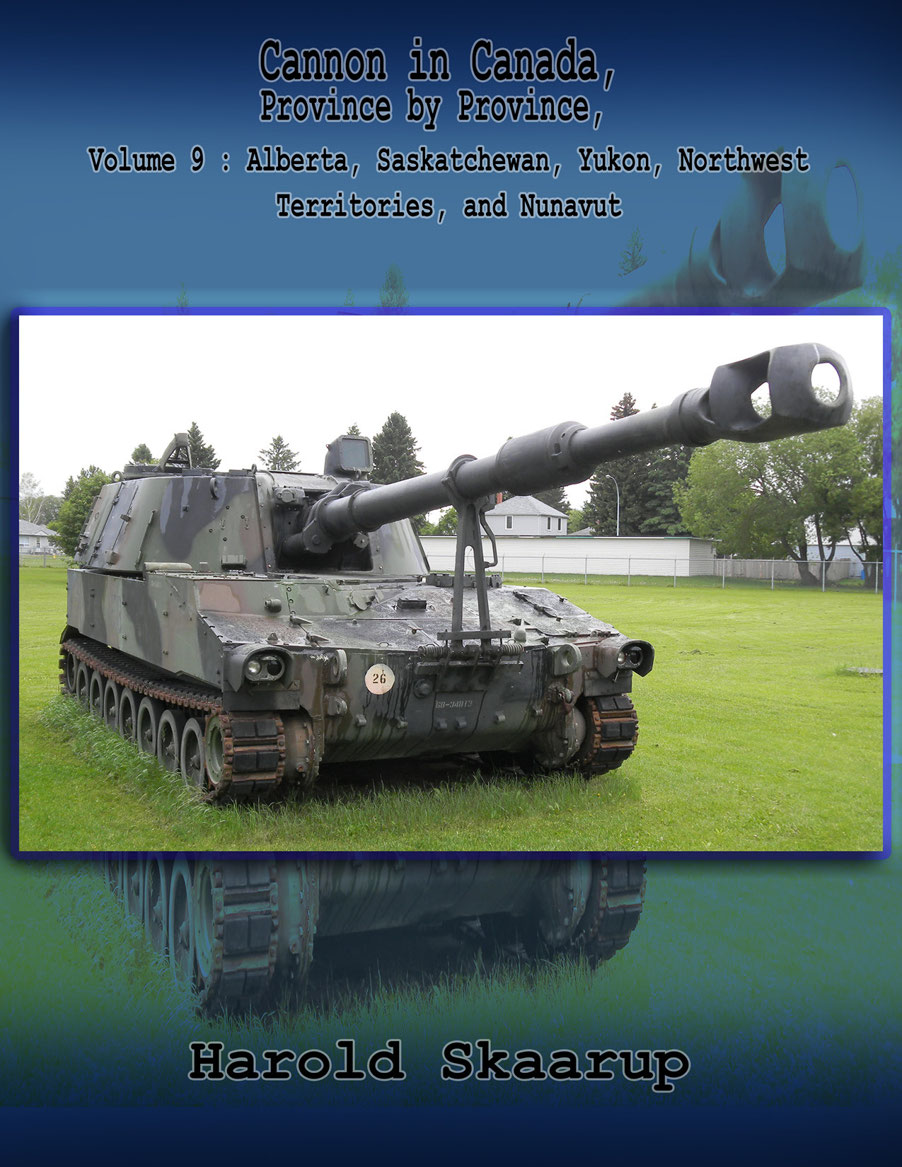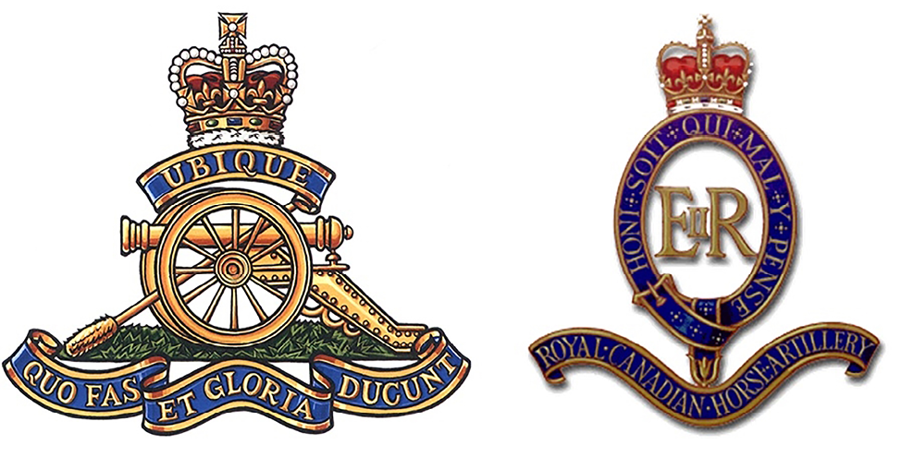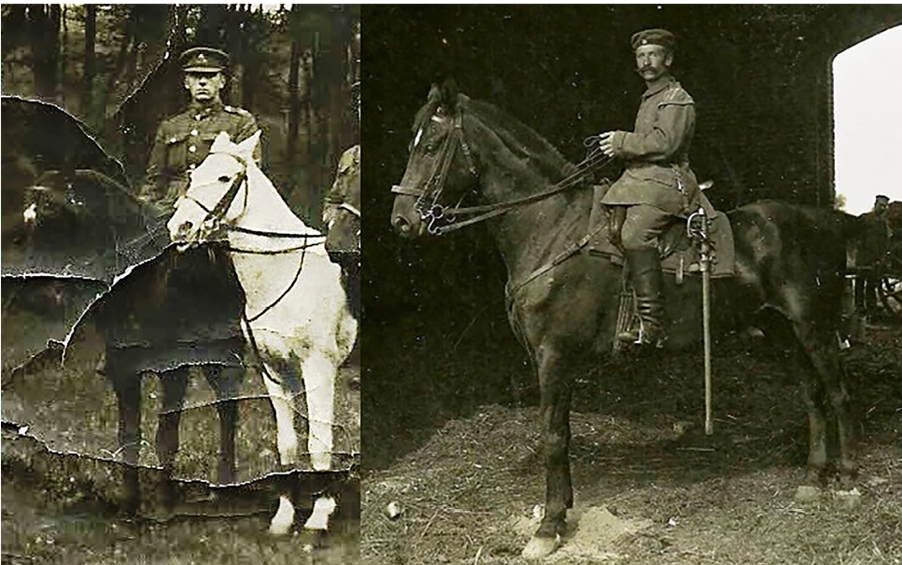Cannon in Canada, Province by Province,
Volume 9: Alberta, Saskatchewan, Yukon, Northwest Territories, and Nunavut
Cannon in Canada, Province by Province,
Volume 9: Alberta, Saskatchewan, Yukon, Northwest Territories, and Nunavut
Harold A. Skaarup
Ubique
EA Media & Publishing
Copyright 2022 by Harold A. Skaarup
All Rights Reserved. No part of this book may be reproduced or transmitted in any form or by any means, graphic, electronic, or mechanical, including photocopying, recording, taping or by any information storage or retrieval system, without the written permission of the publisher except in the case of brief quotations embodied in critical articles and reviews.
Because of the dynamic nature of the Internet, any Web addresses or links contained in this book may have changed since publication and may no longer be valid. The views expressed in this work are solely those of the author and do not necessarily reflect the views of the publisher, and the publisher hereby disclaims any responsibility for them.
Many significant elements of the use of artillery in Canadian military history have not yet been told. The information that is found within this collection of technical data, historical reports and military photos may not be complete or fully accurate. The story will continue to unfold as additional research turns up the missing data.
ISBN: 978-1-957384-13-9 (Paperback Edition)
ISBN: 978-1-957384-14-6 (Hardcover Edition)
ISBN: 978-1-957384-12-2 (E-book Edition)
Book Ordering Information
Phone Number: 929-334-4203 ext. 1000 or 347-349-4971
Email: info@eamediaandpublishing.com
EA Media and Publishing
www.eamediaandpublishing.com
Printed in the United States of America
Dedications
By each gun a loaded brand, in a bold determined hand
For my two grandfathers, Unteroffizier Frederick Christensen Skaarup and Sergeant Walter Ray Estabrooks, two gunners who fought on opposite sides of the line during the First World War, and for all those members of the Canadian Armed Forces whose primary task at home and abroad has been and is to keep us safe.
Figure 1. Royal Regiment of Canadian Artillery and Royal Canadian Horse Artillery badges.
Figure 2. The formation patches worn by RCA personnel attached to I Canadian Corps, II Canadian Corps, and the First Canadian Army in the Second World War.
A Tale of Two Gunners
Figure 3. Sgt Walter Ray Estabrooks, 32nd Battery, 8th Army Brigade, Canadian Field Artillery and Unterofficier Frederick Christensen Skaarup, Westflische Feldartillerie-Regiment Nr. 22 and Reserve Feldartillerie-Regiment Nr. 45 in the First World War.
As a soldier in the Canadian Army with service at home and overseas in Germany, Cyprus, Bosnia-Herzegovina, Colorado, and Afghanistan, I came to appreciate that no matter which side you are on, the weather and terrain tend to be the same, only the enemy is different. Political decisions, attitudes and current events had similar effects on the soldiers who came before us in much the same way as they do now, and often in many strange ways.
There are always two sides to a story, but because my grandfather Frederick Christensen Skaarup died before I knew him, I did not hear the stories from the other side He was living in the German occupied area of southern Denmark when the First World War came, and he was called up for active duty. Having been conscripted into the German Army in 1910, he served two years compulsory service as a gunner and bandsman (trumpeter), and then went into the reserve mobilization force.
He was recalled on mobilization, and therefore fought in the First World War in France and Belgium from day one in 1914 through to its conclusion on 11 November 1918. He was wounded several times and on three occasions was reported as killed in action. On 11 January 1918, he was awarded the Iron Cross Second Class for his service in France on 6 September 1917. In 1926, he immigrated to Canada with his family and settled in the farming community of New Denmark in the Northwest section of New Brunswick, near to the Saint John River.
My grandfather Walter Ray Estabrooks, from Carleton County, New Brunswick, was a Canadian gunner who also served in the First World War. Unlike many of his comrades, he survived and came home to establish his family near Hartland on the Saint John River. I had lots of opportunities to hear about his experiences during the Great War, when I was a boy chopping wood and haying with a team of horses on his farm. We usually came home during the summers to visit, while living away at the RCAF Stations where my father served. My Skaarup grandparents died before I got to know them, so I asked a lot of questions and was rewarded with many interesting stories.
I was curious to know whether my two grandparents had fought in the same area or been in the position where they might have been firing on each other during the war. Because of our family tradition in the field of music, Walter Estabrooks was able to tell me this incredible story about how he knew they had been in the same place at the same time on a battlefield in France.
I met your grandfather Skaarup about 1937 or 1938. The next winter Mrs. (Anne) Skaarup came down and I exchanged words with them quite often while threshing. There were no combines then. We often listened to Frederick playing the trumpet on the veranda in the evenings. We discussed the war many times. While serving on the guns in France on 5 February 1918, I had charge of a team getting some lumber salvaged from an old blown-up school. We heard a German band playing the boys rotating out of the line to go on leave in Lens just across no-mans land from Livin where we were. We checked the dates and your grandfather said that he may have been playing in that band
I have seen troops coming out of the line tired and dirty after a big push and make their first halt for a little rest. Sometimes a band would be waiting for them. Marching when not weary and with a good band will give some folks a tremendous thrill. But can you imagine a depleted unit coming out of the line from a hard position, tired, dirty, muddy, and lousy, stumbling along just after dark, a few minutes halt just out of maximum gun range. Orders are given, Fall inQuick March Imagine that a band has been waiting for them and what it would feel like as it begins playing The British Grenadiers The men would hunch their equipment up higher on their backs and their shoulders would straighten up. They would all have fallen in line four abreast without an order. No need for left-right. The muddy boots would seem to lighten up, and darned if the feet dont seem to get the beat of the music. They are old hands and would soon be disappearing into the night

